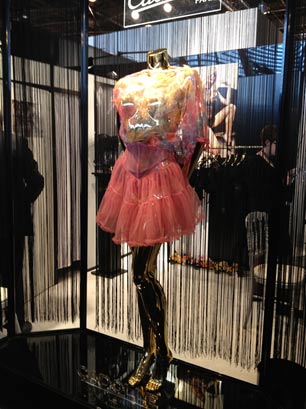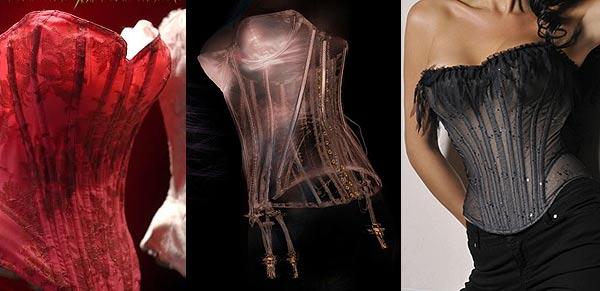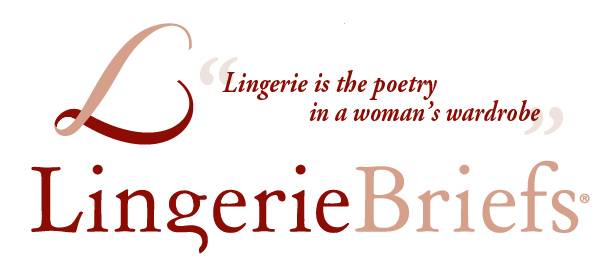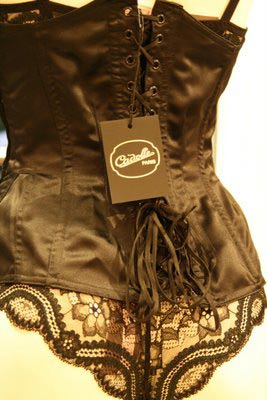What Sets Cadolle Corsetry Apart
by Ali Cudby
With retro silhouettes in high fashion, it’s not surprising that corsetry has made a comeback. Hourglass figures are accentuated in all the right places by the structure only a corset can bring. And yet all corsets are not created equal. I was fortunate enough to sit down with Madame Poupie Cadolle at the Paris Salon International de la Lingerie, and she shed some light on the elements that make her corsetry stand out from the rest.

Cadolle at Salon International de la Lingerie 2012
A Cadolle corset is made with steel boning – and only steel. Some corset manufacturers use plastic, but plastic can warp as it warms up on the body, and subsequently lose its shape. Steel does not, thereby maintaining the line of the structured body the corset creates. In Cadolle’s corsets, there are four different kinds of steel in a single garment, varying by width, thickness and gauge. The steel is placed in thick velvet tubes to protect the body, and the entire garment is lined in cotton.

What truly sets a Cadolle corset apart is their art of maintaining a feminine, rounded bust line while using such firm, structured materials. The exact process is carefully guarded and proprietary. Given the firm materials used in a corset, it’s a challenge to create that curvy silhouette. Of course, the fact that the family had been working since 1889 to perfect the bust line is a key advantage. A custom fit also helps to make the lines optimally flattering on a woman’s figure, without bulges or bumps.
In addition to the corsetry itself, Cadolle thinks about how the garment will be incorporated into a woman’s overall look, with flowing tops created to pair with the glorious corsets to create the optimal effect for a woman whose figure may enjoy some optical illusion.
A lot of lingerie designers put tremendous thought and skill into their garments. After having had the opportunity to speak with Madame Cadolle, and hear her passion for women and the feminine form, it’s easy to understand why a Cadolle corset remains the standard bearer.


